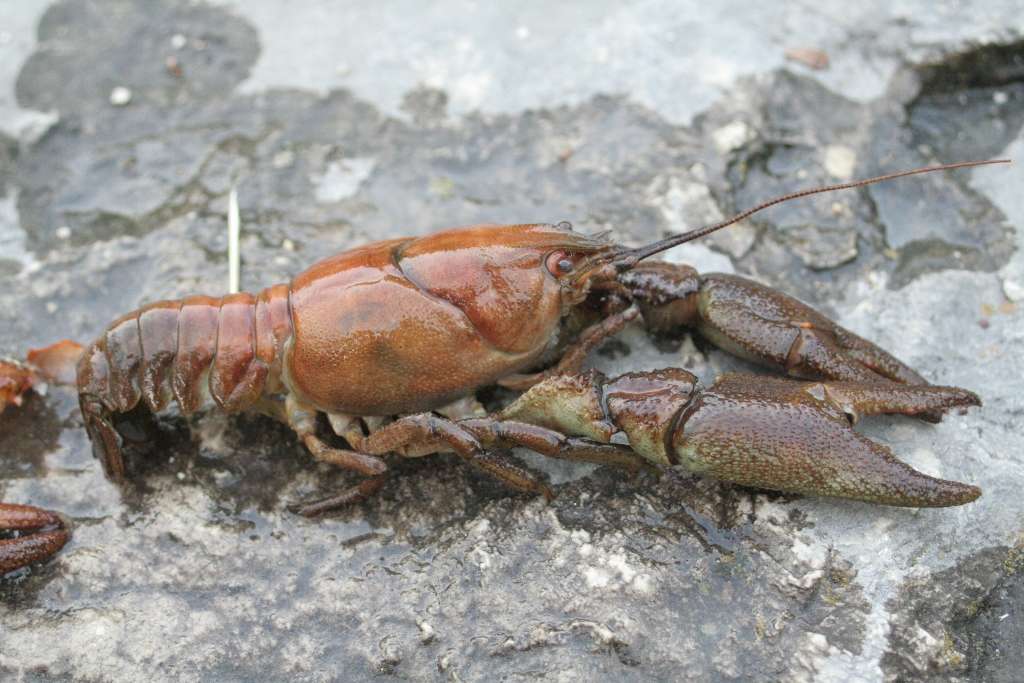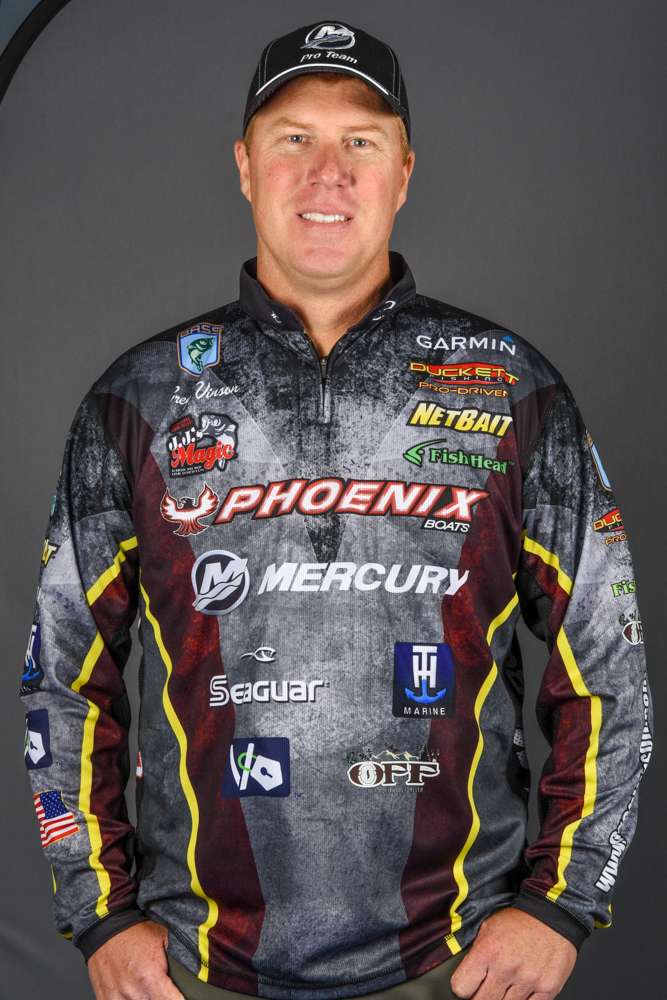
Every time you turn around you hear something about matching the hatch. One easy and simple way to do that is to get good at matching something that lives almost everywhere — rock, sand, gravel, mud, weeds and wood. I’m talking about crayfish.
Supposedly there are over 300 varieties around. That sounds like a lot to me but no matter how many types there are I guarantee you that somewhere a bass has eaten at least one from every variety. They are universal black bass food, and because of that you should know how to select something that looks like them and know how to fish it so that it looks natural.
Picking something that looks like a local isn’t all that tough if you keep your priorities in mind. I start by thinking about size and profile.
Back when I was a kid I walked along the banks of Lake Martin. Whenever I turned over a rock there would be a crayfish under it, but they were all small. As I got older I fished Lake Martin a lot. I always caught a few bass on small crayfish looking lures, mostly small jigs with small chunks.
I tried bigger baits for a while thinking they’d get me bigger bass. They didn’t. All the bass saw were small crayfish. That’s what they’d eat. Big ones looked strange and out of place to them. They didn’t eat them, at least not the ones I was fishing.
Matching their movements mattered, too. If the water was cold, I’d move my jig and chunk real slow along the bottom. If the water was warm, I’d move it faster with an occasional hop or short swim. Showing them a different action didn’t work. There was no premium for creativity.
Walking the shores of Lake Martin worked well when I was a kid. But that was then. Now that I’m fishing the Elite Series I don’t have time to do that. About all I have time to do is watch what’s going on in the shallows or other places where I can see the bottom. That works, sometimes.
A better way when you’re under the time constraints of a major tournament, at least in most cases, is to check your livewell after you’ve caught a bass or two. They tend to spit up whatever they’ve been eating. You’d be surprised at how often it’s crayfish when you’d have sworn they were eating minnows of some type. This will work just as well if you’re just out having fun for the day.
There are a thousand lures that are designed to mimic a crayfish. After years of working with many of them I’ve come to the conclusion that the easiest, cheapest and best way to do it is with an old-fashioned jig and chunk combination. A crayfish colored crankbait would be a close second. When you feel the bass are on a crayfish bite, a jig and chunk along with a crankbait is a tough one-two punch.
Notwithstanding the crankbait bite, the chunk on your jig is the thing. Most of them are made with plastic these days. That’s a good thing because it gives you almost limitless options. In general terms the smaller the trailer the smaller the profile, the quicker it’ll fall and the tighter the action. The bigger the trailer the bigger the profile, the slower the fall and the more water it’ll displace.
I customize my colors with J.J.’s Magic. I like orange, red and sometimes chartreuse. You can make a great, custom orange by mixing chartreuse and red. Test it on a white bait if you’re uncertain about what you’re going to get.
Crayfish are everywhere. Because of that you can depend on a crayfish imitating bait to put a few in your livewell if you take the time to match the locals. Do that by thinking about size, then action and finally color.

